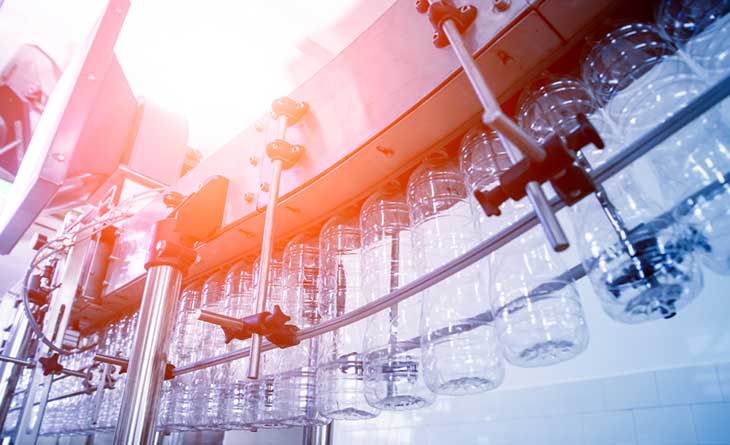
Choosing the best PET Bottle making Manufacturer
If you’re a producer of merchandise that incorporates viscous beverages, you’ll be absolutely aware about the advantages of selecting the proper computerized liquid filling machines. You’ll additionally recognize the doubtlessly dire results of choosing the incorrect
Automatic liquid filling machines are the first, and maximum essential step into automation for lots producers. Customers commonly have touch with the completed liquid product. Automatic liquid filling machines are some distance extra correct than guide filling methods. Automated filling machines are able to some distance better manufacturing speeds than with guide filling . The ‘proper’ computerized liquid filler may be dependable in phrases of output and hygiene
Challenges
Filling bins with liquid merchandise is fraught with challenges. If you’re a producer of more than one unique liquid merchandise, it’s vital that you select an automated liquid filling device this is engineered for the sorts of viscosities you’re handling.
As properly as handling unique sorts of liquid, producers frequently must cater for more than one unique box sorts too. For example:
- Buckets
- Canisters
- Plastic bottles
- Glass bottles
- Plastic tubes
- Plastic tubs+
- Doypacks
- Vials
Changes with inside the length and form of bins can have an effect on the rate and accuracy of filling and bring about slowed manufacturing or expanded waste in case your filling device isn’t always as much as the job.
If you are involved in liquid food and sauce packaging, the very real possibility is that your liquid filling machines are throwing money and reputation down the drain. It can be difficult to visualize the impact of an inferior automatic liquid filling machine on your bottom line and customer perception. To help you, we’ve compiled a list of the most important questions you can ask yourself: Liquids work consistently with an accuracy of +/- 1% fill volume (or worse! That may seem slim.
All day, every day! Or put another way, let’s say you fill 1% over. If your line Producing 10,000 bottles per hour, you also waste 50 litres of liquid every hour. In one year of production, let’s say 3,000 hours; you lose a gigantic 150,000 litres of product. So this is how you calculate your company’s production.
Are your filling nozzles touching your containers or your product during the filling process? In this case, you can compromise the hygiene of your entire line. Imagine if, with all the effort you put into keeping your facilities and processes perfectly clean, you were to contaminate your product through something as simple as the outside of a filling nozzle? In the event of a double strike, the types of nozzles that come into contact with the product often also cause spillage on the sides of the containers.
Older or less sophisticated liquid filling machines often contain a complex network of membranes, sensors, seals and tubes. Such a large number of components to be cleaned opens the door to possible contamination and of course consumes a lot of time and resources. Could your filling machines cope with a change in product shape or size as you expand or change your range? And you have to bear the cost of making great new packaging or signing a big deal with a new customer only to find that your filling machine is not flexible enough to accommodate the new product shape.
Disaster: What seemed like progress or fantastic news to your company could actually mean paying the cost of replacing your existing liquid filling machine. What if the viscosity of your liquid product changes or you gets a huge order for a more viscous product? Could your filling machine handle the new demand? You may be perfectly happy now, producing thousands of packs of juice every year, but what if your customer wanted to branch into honey or peanut butter? Your current liquid filling machine or would you have to say goodbye to new business? How long does it take to switch between products, even if your filling machine can handle a change in viscosity it is based on the Long downtime = reduced productivity = reduced profits.